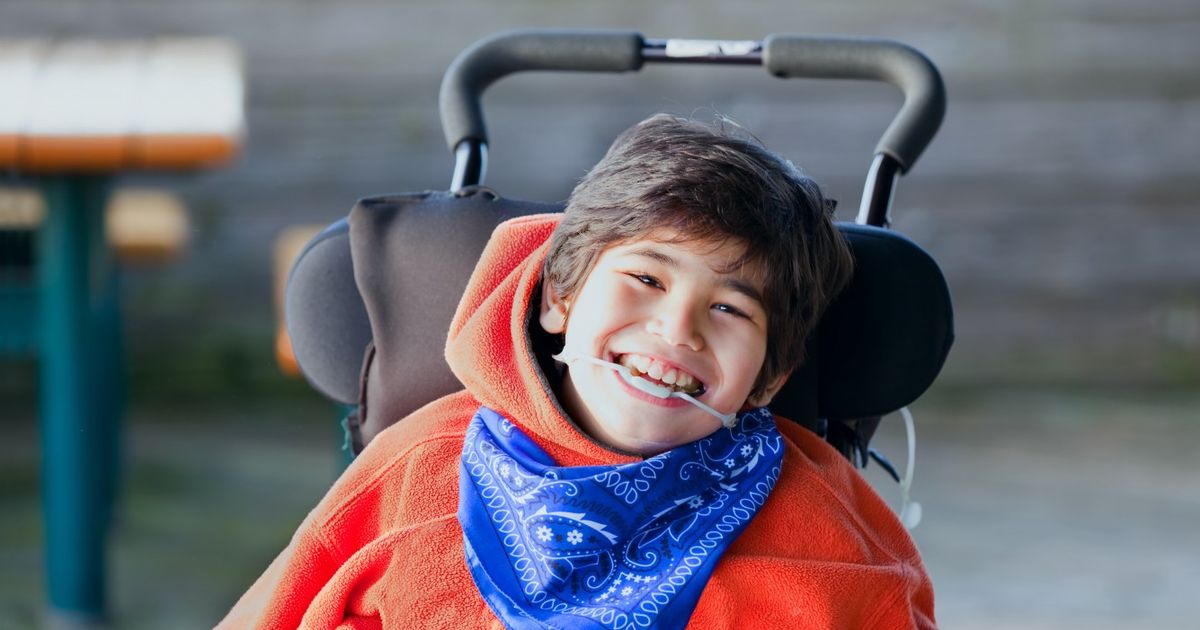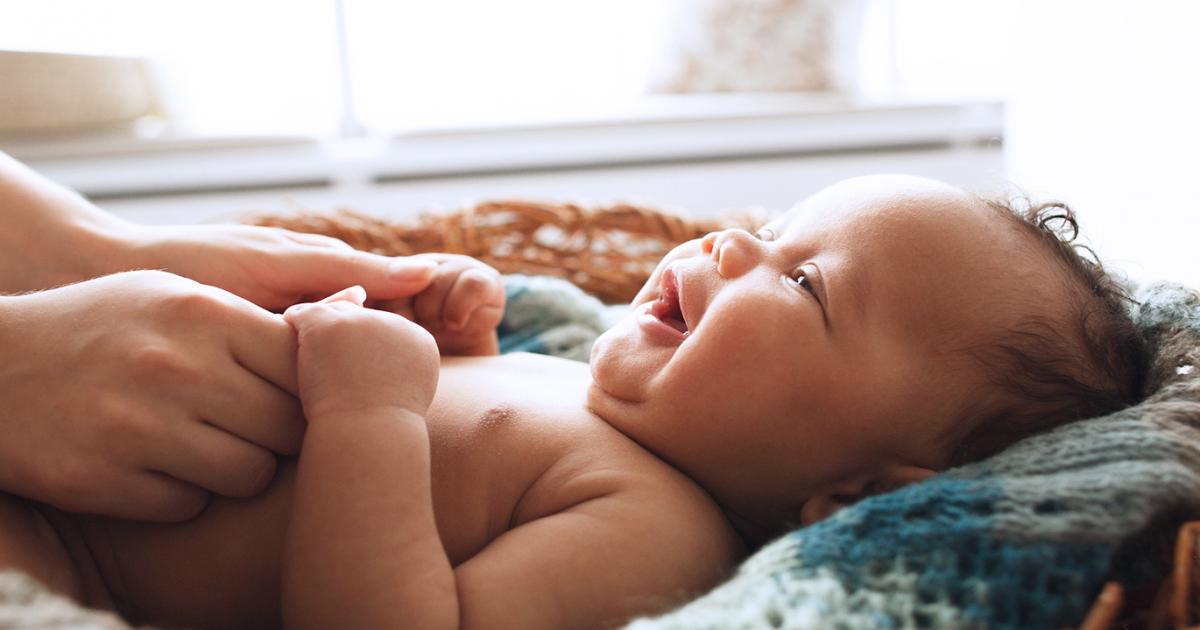What Causes Scoliosis?
Scoliosis is an abnormal curvature of the spine. With this disorder, the spinal column curves to the side in an 'S' shape. The areas in the spine most affected are the middle, or thoracic spine and the lumbar, or lower spine. Sometimes scoliosis affects the area between the thoracic and lumbar spine or the thoracolumbar area. Scoliosis usually strikes children just before they enter their pubertal growth spurt, and more girls are affected than boys. However, an adult can also be diagnosed with scoliosis. It is difficult to detect scoliosis in its early stages because it progresses slowly. But as it does progress, the body may lean to one side, and the shoulder, rib, and hip may be higher on one side than the other. The patient’s head may off center, they may have a rolling gate, get tired quickly, and suffer back pain. Get to know the various causes of scoliosis now.
Hereditary Factors
Having a family history of scoliosis increases the chances an individual will develop the disorder themselves. Scientists have studied generations of families whose members have developed scoliosis. They concluded hereditary factors must have some impact on scoliosis, for the prevalence of scoliosis in individuals who have relatives with the condition is higher than for the general population. However, how heredity specifically affects whether an individual gets scoliosis or not is still unknown. Many believe it is a tangle of genetics and environment that leads to the disorder, especially if no one can point to any one cause. Such cases of the disease are called idiopathic scoliosis. The great majority of scoliosis cases are idiopathic.
Learn about what kind of palsy can cause scoliosis next.
Cerebral Palsy

Cerebral palsy is the common name of a group of disorders that affect bodily coordination and muscle movement. It is a life-long condition individuals are born with, though symptoms may not be seen until the child is months or even years old. Symptoms of the disorder include unusual body postures, which include spasming muscles, stiffness, and poor balance and coordination. The causes of the condition are many and include complications in pregnancy and delivery, jaundice, stroke or seizures in the newborn, and a mother who was exposed to toxins or German measles. Scoliosis may be one of the many signs and symptoms that accompany cerebral palsy.
Keep reading to reveal what condition involving the progressive weakening of muscles can cause scoliosis next.
